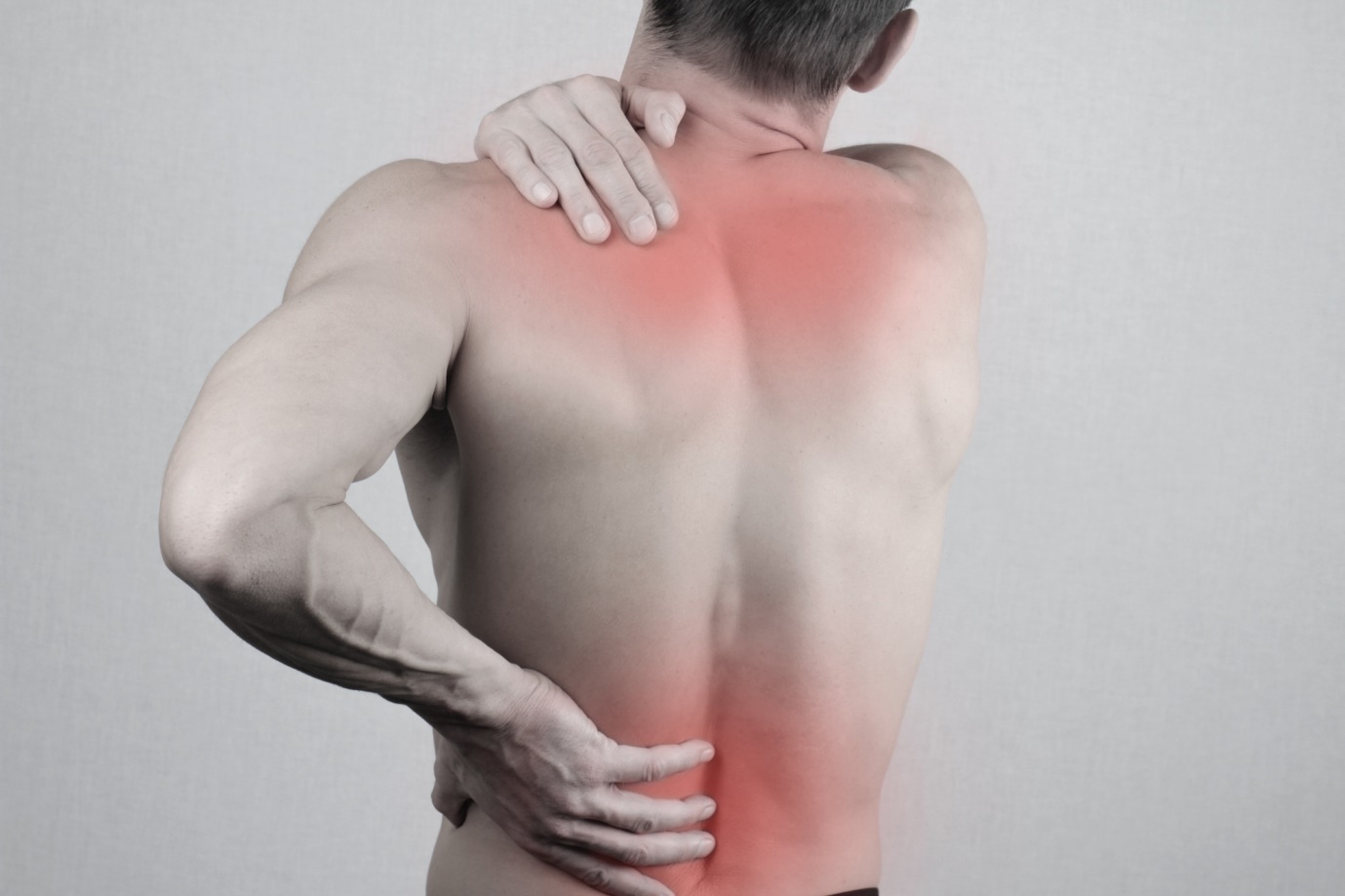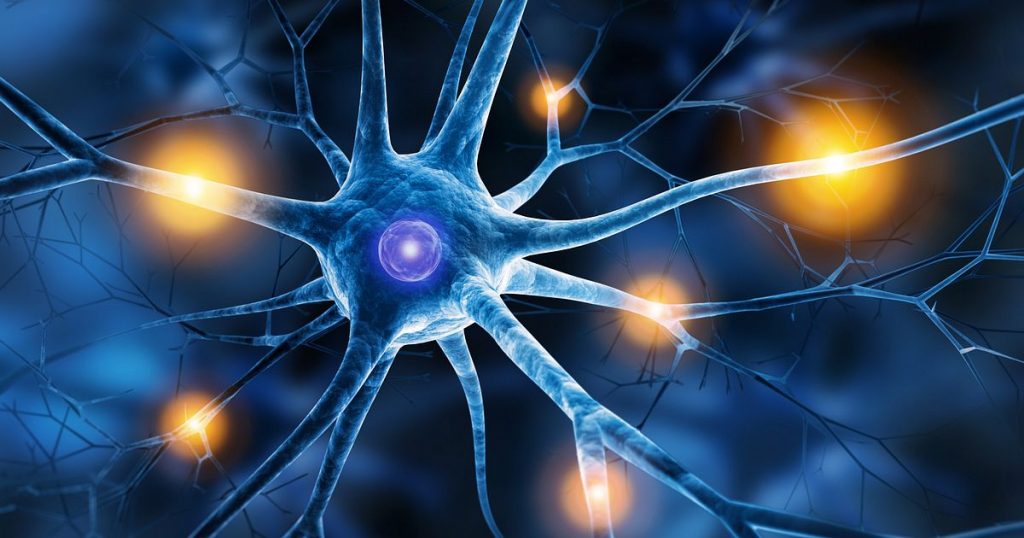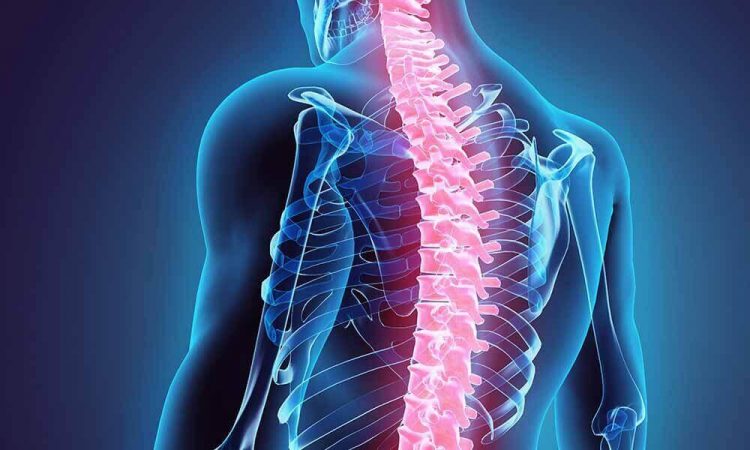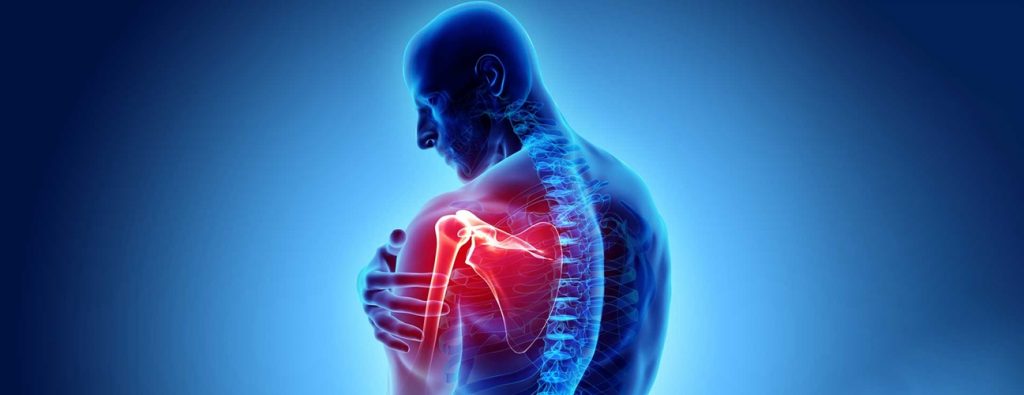The Main Types of Back Pain: A Comprehensive Guide
Up to 80 percent of the population will experience back pain at some point in their lives. Left untreated, it can lead to various complications such as spinal stenosis and nerve damage.
Not only that, but it can cause permanent disabilities as well. For one thing, it can interfere with your ability to work.
Is that what you’re experiencing? Want to learn more about the different types of back pain? If so, you’re at the right place.
The Main Types of Back Pain: A Comprehensive Guide
We’ll be going over everything that you need to know in our guide below. Keep reading to learn more!
Muscle Strains and Ligament Sprains
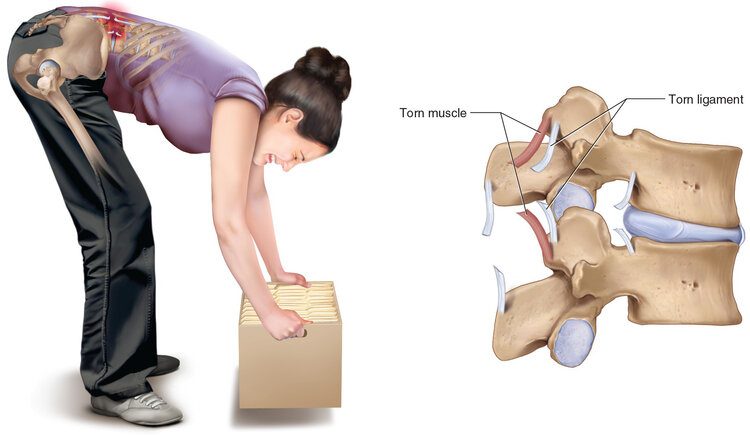
Twisting or pulling the muscles in your back can result in a strain. If anything, it’s one of the most common kinds of back pain. For example, you can accidentally strain your rhomboids or trapezius.
The same goes for tendons—they can be stretched or torn. This can be due to many things such as improper lifting, overuse of muscles, and repetitive movements.
Injuries to the lower back are also common as it bears most of the body’s weight during walking, running, and other activities. Those who are overweight or have weak abdominal muscles are especially prone to back sprains and strains.
Sprains are another possibility. They occur when the ligaments in the spine—fibrous bands of tissue that connect bones to joints—stretch or tear.
The good news is that most people will get better in about two weeks. During the recovery period, you can reduce pain by applying an ice pack to the area.
There are also over-the-counter medications that you can take that’ll help with the back pain symptoms. Going to the chiropractor (e.g. SpineCentral) is another option.
Avoid extended bed rest as that’ll only prolong symptoms and delay recovery.
Nerve Pain
A pinched nerve in the back can cause pain, tingling, and numbness. It can also cause weakness in the shoulders, arms, or hands if the compressed nerve is at the top of the spine. In some cases, the pain may also travel down the arm.
Similarly, the nerves in the lower back can also become compressed—this is referred to as lumbar radiculopathy. Symptoms include muscle spasms, numbness and tingling in the legs or feet, and pain that radiates from the lower back to the legs.
Some common causes of a pinched nerve include a herniated disk, arthritis, and spinal stenosis. Certain infections can also lead to inflammation and nerve pain in the back.
As far as treatment goes, it depends on the severity and causes of back pain. For example, some people may be able to treat it at home while others may need professional help.
For instance, a doctor may recommend steroids (oral or injected) to reduce swelling and pain if the pressure on the nerve is chronic or severe. Surgery may also be necessary in some cases to stabilize the spine.
Spinal Fractures
A spinal fracture is when you break a bone in your back. For instance, it’s not uncommon for someone to fracture their lumbar or thoracic spine. These types of injuries are usually caused by forceful trauma such as a car crash, fall (from a significant height), or gunshot.
Compression fractures are relatively common as well. They occur when the vertebral body in the spine collapses, causing tiny cracks in the spine. Not only is it painful, but it can also lead to loss of height and trouble bending your body.
In severe cases, it can also cause breathing difficulties (the fracture can prevent the lungs from working properly).
More often than not, these types of fractures are caused by osteoporosis, a condition that causes your bones to become weak and brittle. This is especially true for women over the age of 50 as they have lower levels of estrogen—a hormone that normally increases bone mass.
Aside from taking pain medications, it’s recommended that you rest in bed until the vertebrae heal. Wearing a back brace can also help take the pressure off of the fractured bone, which will speed up the recovery process.
Bone Spurs
Bone spurs, also called osteophytes, are bony projects that form on the ends of bones. They can develop on many parts of the body including your spine. In fact, they can grow at any level of the spinal column including the neck, mid-back, and lower back. For example, they can form on the facet joints where the cartilage is worn.
While they don’t always cause pain, they can be problematic if they compress a spinal nerve or the spinal cord. That can cause radiating pain, numbness, burning, or needle sensations in the shoulders, arms, legs, feet, or hands.
As it is, they’re usually caused by aging-related conditions such as osteoarthritis and degenerative disc disease. Injuries and trauma to the spine can also trigger the development of these bony projections.
For those who are experiencing pain, you can take over-the-counter painkillers such as NSAIDs. Steroid shots can also help bring down the swelling.
Familiarizing Yourself With Different Types of Back Pain
There are many types of back pain (and back pain causes), some of which are more severe than others. With that said, most cases are treatable. When in doubt, consult with your doctor—they should be able to come up with a treatment plan that’ll help with your symptoms.
Did you find the information in this article helpful? For more content like this, make sure to check out some of the other posts in our health section.

